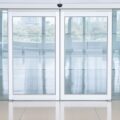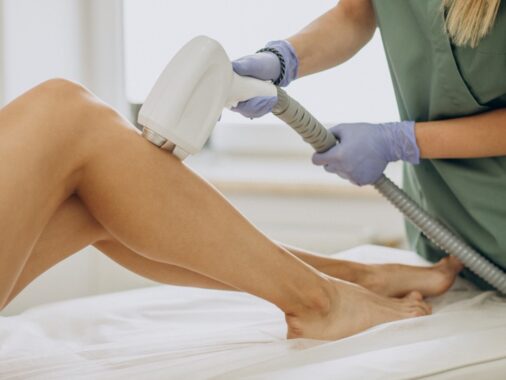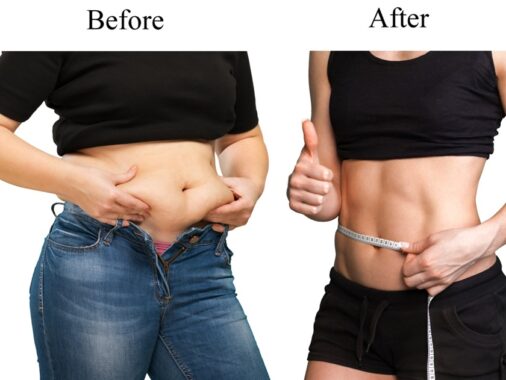A degloved face injury is an immensely traumatic occurrence, characterized by the forceful separation of facial skin from the underlying structures, such as muscles and bones. This article delves into the nuanced causes, intricate symptoms, and the array of treatment options available for those grappling with the intricate challenges posed by degloved face injuries.
Causes of Degloved Face Injuries:
The genesis of degloved face injuries often lies in high-impact incidents such as motor vehicle accidents, industrial mishaps, or falls. The sheer force or compression of the face against a rigid surface triggers the separation of the skin from the intricate network of tissues beneath. Occupational hazards, involving machinery, and high-velocity accidents, like motorcycle collisions, frequently lead to these severe injuries.
Symptoms and Immediate Concerns:
Degloved face injuries manifest in unmistakable ways. The aftermath is marked by extensive facial swelling, pronounced bruising, and the stark detachment of the skin from the underlying structures. Beyond the apparent aesthetic concerns, immediate attention is imperative due to the potential damage to vital structures such as nerves, blood vessels, and the heightened risk of infections resulting from the exposure of underlying tissues.
Understanding the symptoms is paramount in ensuring prompt medical intervention. Patients often report excruciating pain, loss of sensation in affected areas, and a profound sense of disfigurement. The severity of symptoms correlates with the extent of the degloving, emphasizing the urgent need for specialized care.
Treatment Options:
- Emergency Intervention: Immediate medical response focuses on stabilizing the patient, controlling bleeding, and implementing measures to prevent further damage. In certain cases, temporary coverings may be applied to shield exposed tissues.
- Surgical Reconstruction: The cornerstone of degloved face injury treatment lies in reconstructive surgery. Skilled plastic surgeons meticulously reattach the skin, repair damaged blood vessels, and address fractures or injuries to facial bones. This intricate process often necessitates multiple surgeries over an extended period to achieve optimal results.
- Rehabilitation and Follow-up Care: Post-surgery, patients embark on a comprehensive rehabilitation journey to restore facial function and mobility. Physical therapy, coupled with psychological support, plays a pivotal role in helping individuals navigate the emotional and physical challenges of recovery.
- Long-Term Considerations: The enduring impact of degloved face injuries extends beyond the immediate aftermath. Ongoing medical monitoring, follow-up surgeries, and counseling are integral components of holistic care, addressing evolving needs and ensuring sustained recovery.
Degloved face injuries demand immediate and thorough medical attention, necessitating an understanding of their intricate causes and nuanced symptoms. By unraveling the complexities of these injuries, individuals and healthcare professionals alike can navigate the challenging path toward recovery, offering not only physical restoration but also the reclamation of a meaningful quality of life.
Read the related FAQs on the degloved face:
What is a degloved face?
A degloved face refers to a traumatic injury in which the skin and soft tissues of the face are forcefully separated from the underlying structures, such as muscles, blood vessels, and bones. This type of injury is often the result of high-impact accidents, such as motor vehicle collisions, industrial accidents, or falls from significant heights.
The term “degloving” is used because the injury is akin to removing a glove from the hand, but in this case, it involves the skin and tissues being peeled away from the face. Degloved face injuries are serious and can have profound consequences, not only aesthetically but also functionally. The severity of these injuries can vary, ranging from partial degloving to complete detachment of the facial skin.
Immediate medical attention is crucial in cases of degloved face injuries to minimize complications, control bleeding, and initiate the process of reconstructive surgery. Reconstructive procedures are typically required to reattach the skin to the underlying structures, repair damaged blood vessels, and address fractures or other injuries to facial bones. The recovery process often involves multiple surgeries and extensive rehabilitation to restore both appearance and function to the affected areas.
What does degloving mean?
Degloving refers to the traumatic injury in which the skin and, often, the underlying soft tissues are forcibly detached or torn away from the underlying structures, such as muscles, blood vessels, and bones. The term is derived from the idea of removing a glove from the hand, where the skin is peeled away from the hand’s surface.
This type of injury can occur in various parts of the body, and the severity can range from partial degloving, where only a portion of the skin is affected, to complete degloving, where a larger area or the entire surface of the skin is separated.
Is degloved face painful?
Yes, a degloved face is typically associated with significant pain. The pain arises from the trauma caused by the forceful separation of the skin and soft tissues from the underlying structures, including muscles, nerves, and blood vessels. The nerve endings in the skin are highly sensitive, and their exposure and potential damage during a degloving injury can result in intense pain.
What is a degloved skull?
A degloved skull refers to a traumatic injury in which the skin and soft tissues covering the skull, including muscles and other connective tissues, are forcibly detached or torn away from the underlying bone. This type of injury is similar to degloving injuries in other parts of the body, where the skin is peeled away from the underlying structures.
How does a finger get degloved?
A finger can become degloved through a traumatic injury that forcibly separates the skin and soft tissues from the underlying structures, such as muscles, tendons, and bones. This type of injury is often the result of high-impact accidents or crushing forces. Common scenarios leading to degloving of a finger include:
Industrial Accidents: Workers in industrial settings, especially those dealing with heavy machinery, are at risk of finger degloving injuries. If a finger gets caught in or between moving parts, the force exerted by the machinery can lead to the separation of the skin from the finger.
Workplace Accidents: Occupations involving tools or equipment with significant mechanical force, such as construction work, may pose a risk of degloving injuries to the fingers.
Motor Vehicle Accidents: Fingers can be subjected to high forces and crushing injuries during car accidents, especially if hands are caught between objects or within the vehicle structure.
Cycling or Motorcycle Accidents: In accidents involving bicycles or motorcycles, fingers can be subjected to significant forces, leading to degloving injuries, particularly if the hand is trapped or crushed.
Falls: Falls from heights or onto hard surfaces can result in degloving injuries to the fingers, especially if the hand is crushed or caught during the fall.






